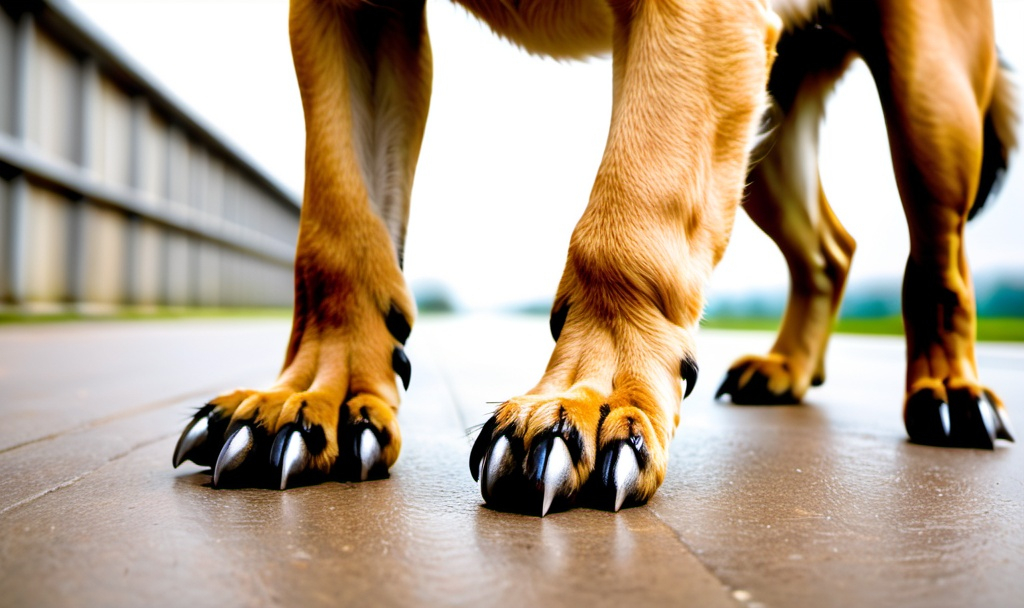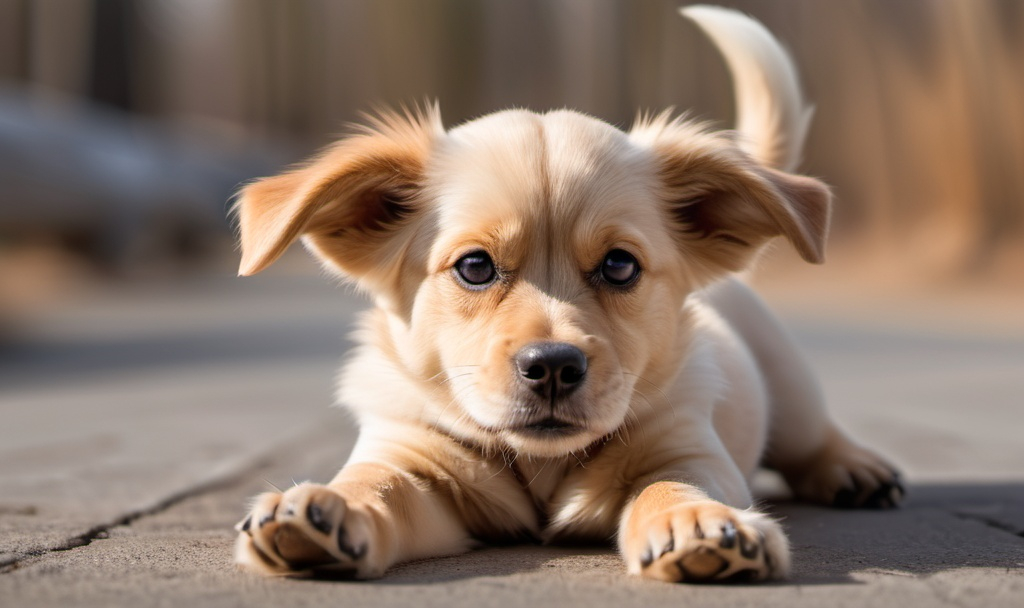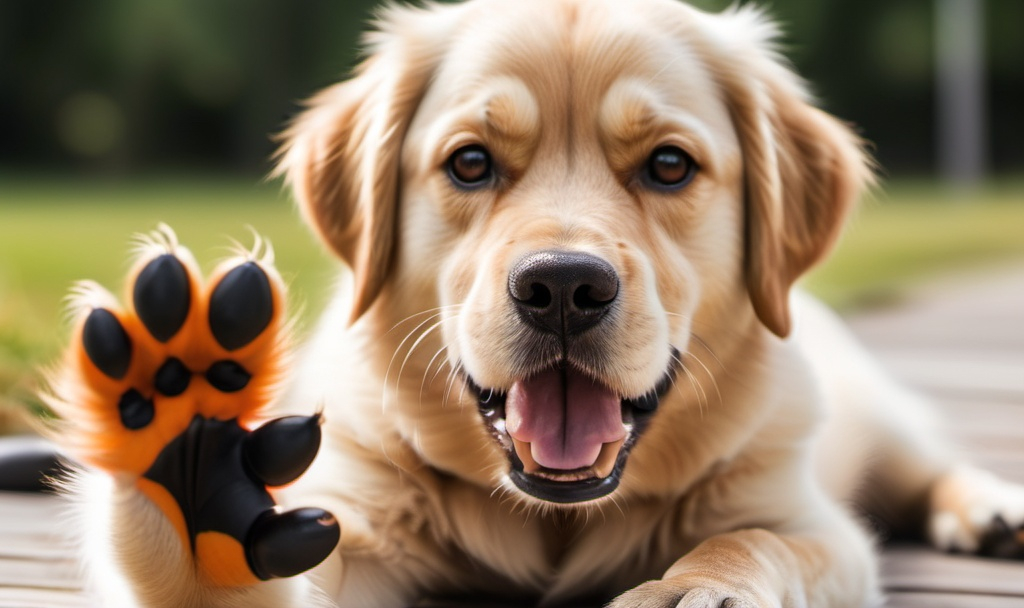Paws and claws are essential features that play significant roles in the lives of countless animal species. In this article, we delve into the intricacies of paws and claws, exploring their anatomical structures, functions, evolutionary origins, and practical applications in the animal kingdom. By examining the unique characteristics of Dog paws and Cat claws, we aim to shed light on the age-old debate of which appendage reigns supreme in the realm of natural adaptations.

Introduction to Paws and Claws
Paws and claws are like the dynamic duo of the animal kingdom – one is for snuggles, and the other is for survival. Let’s dig our metaphorical claws into understanding the differences between these essential animal appendages.
Defining Paws and Claws
Paws are the furry, adorable bundles of joy at the end of an animal’s legs, equipped with pads and toes for various functions. On the other hand, claws are the sharp, pointy weapons that some animals use for hunting, defense, and even tree-climbing.
Importance of Paws and Claws in Animals
Paws and claws are not just cute accessories; they are vital tools for animals in their daily lives. Paws help with walking, running, digging, and even swimming, while claws assist in catching prey, climbing trees, and defending against predators.

Anatomy and Function of Paws
When it comes to paws, it’s all about that base – the structure and mechanics that enable animals to navigate their world with style and grace.
Structure of Animal Paws
Animal paws come in various shapes and sizes, with pads that provide cushioning and traction. From the webbed paws of otters for swimming to the retractable claws of cats for stealth, each paw is uniquely adapted to its owner’s lifestyle.

Mechanics of Walking and Running with Paws
Paws are like nature’s sneakers, designed to absorb shock, provide stability, and propel animals forward. Whether it’s the agile gallop of a horse or the stealthy stalk of a tiger, paws play a crucial role in an animal’s movement and agility.
Anatomy and Function of Claws
Claws are the sharp tools of the trade for animals that rely on hunting, climbing, or defending themselves in the wild. Let’s get to the point about what makes claws so claw-some.
Composition and Shape of Animal Claws
Animal claws are typically made of keratin, the same material found in human fingernails. From the curved talons of eagles for grasping prey to the sturdy claws of bears for digging, the shape and size of claws vary based on their specific functions.

Uses of Claws in Predation and Defense
Claws are like Swiss Army knives for animals, with roles ranging from catching prey to warding off enemies. Whether it’s the slicing swipe of a big cat or the digging prowess of a mole, claws are versatile tools that are essential for survival in the wild.
Evolutionary Adaptations of Paws
Paws have come a long way from their humble beginnings, evolving into specialized features that have helped animals conquer various habitats and challenges.
Evolutionary History of Paws
The evolution of paws traces back through millions of years, with ancient creatures developing limb structures that eventually led to the diverse paws we see today. From the first land-dwelling vertebrates to modern-day mammals, the journey of paw evolution is a fascinating tale of adaptation and survival.
Specialized Features of Paws in Different Species
Different species have put their own spin on paws, tailoring them to suit their unique lifestyles. Whether it’s the webbed paws of ducks for paddling or the gripping paws of primates for swinging through trees, each species has honed its paws to excel in its specific environment.## Evolutionary Adaptations of Claws
Evolutionary Origins of Claws
Claws have been around longer than your weird neighbor’s fluorescent garden gnome collection. They first appeared in early ancestors as modified versions of nails, serving purposes like climbing, digging, and looking fabulous.

Diversity of Claws in Various Animals
Claws come in more shapes and sizes than a trendy coffee shop’s latte menu. From retractable cat claws to the massive talons of eagles, different animals have evolved specialized claws for activities like hunting, climbing, and impressing potential mates.
Comparing Paws and Claws in Different Species
Examples of Animals with Prominent Paws
Animals with prominent paws, like bears and raccoons, are built for activities such as climbing trees, digging for food, and giving out warm, fuzzy hugs. With their versatile paws, these creatures are nature’s DIY enthusiasts.
Examples of Animals with Sharp Claws
On the other end of the spectrum are animals with sharp claws that can make Wolverine jealous. Think of fierce predators like big cats and raptors, using their claws for hunting, self-defense, and looking intimidating during manicures.
Practical Uses of Paws and Claws
Tool Use and Manipulation with Paws
Paws are more than just adorable accessories; they are essential tools for tasks like opening jars, holding onto prey, and performing intricate surgeries (okay, maybe not that last one). With their dexterous paws, animals like primates and raccoons can give even the best human handymen a run for their money.
Hunting and Defense Strategies Employing Claws
Claws are like nature’s Swiss Army knives, with functions ranging from tearing through tough prey to asserting dominance in territorial disputes. Whether it’s a cheetah sprinting after its next meal or a bear standing its ground against a rival, claws play a vital role in survival and success.






Leave a Reply